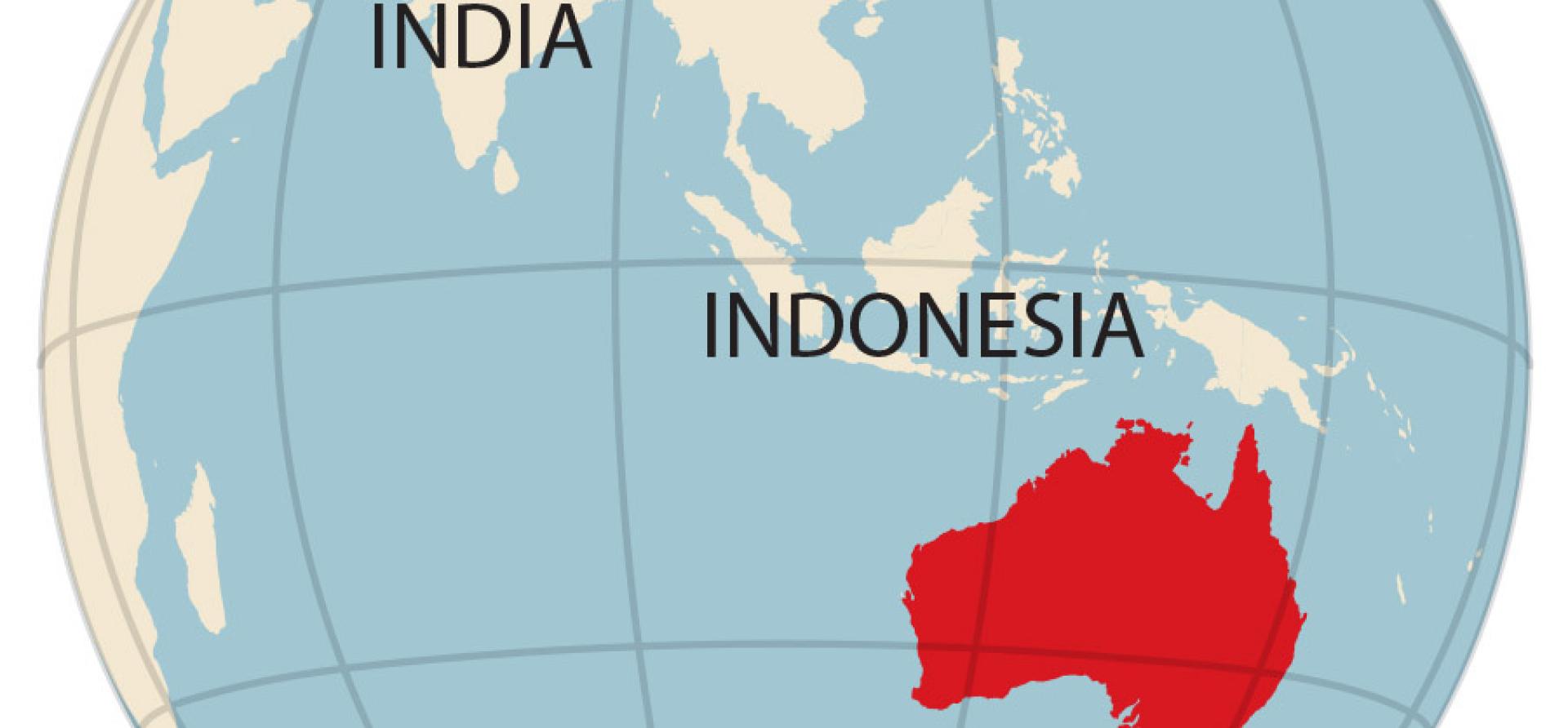IEEFA Australia: Eraring’s 2025 exit and Mike Cannon-Brookes/ Brookfield proposed AGL takeover could reduce power bills

Two recent announcements could lower electricity prices and speed up the switch from coal and gas generation to renewables.
Origin Energy announced it would close Eraring coal-fired power station in NSW seven years earlier than forecast, in 2025.
The plan could reduce electricity prices in the long term
And Mike Cannon-Brookes’s Grok Ventures and asset manager Brookfield are bidding to acquire AGL Energy, close down its coal generators by 2030 and construct up to $20 billion worth of renewables, storage and other energy resources.
Cannon-Brookes says the plan could reduce electricity prices in the long term.
And as renewables become more widespread, the Eraring exit could also have a minimal impact on price, potentially even reducing prices in the long term.
So why is the Federal Government yelling “higher prices”?
How are electricity prices set?
About one-third of a household’s electricity bill is the cost of generation, almost half is network costs (poles, wires and substations in the transmission and distribution networks), and the rest comes from retail and environmental costs.
The cost of generating electricity is determined in the wholesale electricity contract market and spot market.
The wholesale electricity spot market runs like an auction at five-minute intervals. All generators (coal, gas, hydro, renewables etc.) place a bid for the price they can generate electricity.
The lowest bidding generators are engaged to generate electricity and are paid. Generators that are too expensive are not allowed to generate and are not paid for that five-minute period.
Solar and wind are the lowest cost form of electricity generation
Solar and wind are the lowest cost form of new build electricity generation in Australia. They have very low operating costs, so can bid low. They are therefore almost allowed to generate electricity.
Coal and gas generators relying on purchasing fuel are more expensive to run, so bid higher.
Coal is inflexible – it can’t easily be turned off or on – so generators will sometimes bid into the market at a loss, simply to stay online. This is rapidly eroding the profitability of coal-fired generators.
Gas generators are typically the highest priced generators, reflecting the high cost of gas. They turn on with high demand and high prices (on a hot day for instance), often running in evening peak periods.
Batteries absorb excess electricity when spot prices are low and deliver electricity when spot prices are high. They also pick up surplus energy that might otherwise be wasted, acting to reduce system costs. The Clean Energy Council has found new batteries are cheaper than new gas peaking generators.
The longer-term contract market, with contracts guaranteeing the sale or purchase of electricity for set prices, quantities and longer periods (e.g. 12 months), enables participants to manage spot market risks. Retailers (such as AGL, Origin) can provide long-term supply contracts to customers.
If lower cost energy resources replace a retiring generator, prices will drop
Bringing more supply into the electricity generation market increases competition, with generators likely to reduce prices. In turn, removing supply, such as when a generator retires, can drive prices up due to a lack of competition.
In theory, higher prices for sustained periods incentivise building of new energy resources. If lower cost energy resources are built to replace a retiring generator, and all else remains constant, prices will drop below the level before the generator’s retirement.
Adding more low-cost renewable energy into the National Energy Market (NEM) has historically brought down wholesale electricity prices, particularly in the middle of the day in the solar period.
This wholesale market trend is predicted to continue as renewables are added into the system to replace exiting generators and as wind, solar and battery costs continue downward.
Network costs (transmission and distribution) have also been reducing in recent years. New network infrastructure is now needed to integrate renewable energy into the grid, so efficient investment in this component is key to keeping electricity bills steady or continuing the downward trend.
Retail and environmental costs are forecast to remain relatively steady by energy sector veteran Dr Kerry Schott.
The total cost of supplying electricity to households is now at the lowest it has been in eight years
The total cost of supplying electricity to households, which includes generation (from the wholesale electricity spot and contract market), network costs, retail and environmental costs, is now at the lowest it has been in eight years, largely due to low-cost renewables, according to the Australian Competition & Consumer Commission.
This overall trend is predicted to continue. The Australian Energy Market Commission (AEMC) forecast households will pay about $77 less (or 6%) for electricity in 2024, largely due to cheaper renewable energy, reducing prices to their lowest levels since 2017.
Eraring closure likely to have minor impact on wholesale electricity prices
The NSW electricity infrastructure roadmap is bringing in 12GW of renewables and 2GW of storage by 2030, likely at low cost. This will put downward pressure on wholesale electricity prices as Eraring exits.
The NSW Government is also accelerating transmission to new Renewable Energy Zones, and plans to fast track pumped hydro projects and install a large 700MW battery to ensure there’s no supply gap when Eraring exits. Origin is also planning a 700MW battery at Eraring.
The Australian Energy Market Operator (AEMO) says NSW won’t have a supply gap when Eraring closes, while the Federal Government’s proposed Kurri Kurri gas expansion has been labelled unnecessary.
NSW won’t have a supply gap when Eraring closes
If new capacity comes online as planned, any wholesale electricity price increase is likely to be minimal, and temporary.
The increase in investment in renewables and storage is forecast to be almost entirely offset by reductions in Eraring’s fuel and operations costs, according to ITP Renewables modelling.
Impact of Grok Ventures/Brookfield possible AGL takeover on prices
Grok Ventures and Brookfield want to bring up to $20bn worth of low-cost renewable energy and storage into the system, while closing down AGL’s old coal generators by 2030.
This could reduce wholesale electricity prices as renewable generators have lower operating costs than the exiting coal generators.
There is a caveat. Brookfield controls Ausnet, the owner/operator of an electricity transmission, distribution and gas network.
Plenty of low-cost renewable energy and additional storage supply is planned
If Brookfield and Grok Ventures acquired AGL, Brookfield would own generation, transmission, distribution and retail assets. The business segments must be separated per ring fencing guidelines with monitoring in place to ensure various parts of the business do not make decisions benefiting Brookfield as a whole.
The closure of Eraring and AGL’s takeover bid are more likely to reduce wholesale electricity prices for consumers in the long term, rather than increasing them, as plenty of low-cost renewable energy and additional storage supply is planned to replace the retiring coal generators.
It will be key to make sure network investment is efficient, so that savings due to low cost renewables continue to flow to consumers.
By Johanna Bowyer, Australian electricity analyst, IEEFA
Related articles:
IEEFA: Australian government emissions projections show 44% of coal capacity will close by 2030
IEEFA: More clean energy investment will insulate against rising coal, oil and gas prices















